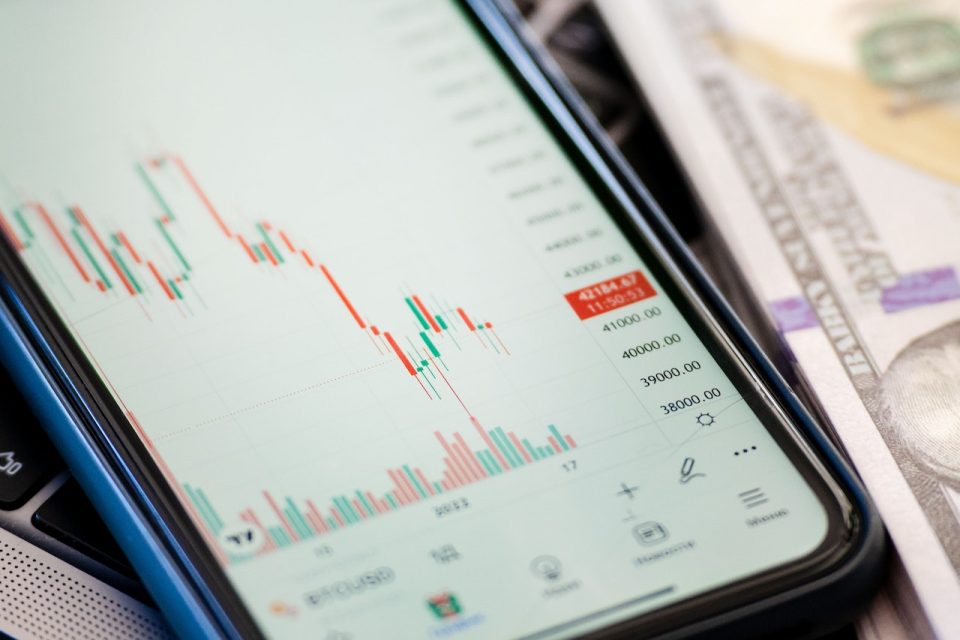In a week marked by ups and downs, US stocks concluded in the red, reversing gains from a Thursday rally. All primary indexes recorded losses, reflecting an uncertain market sentiment. The S&P 500 index dipped 1.2%, while the Dow Jones Industrial Average experienced a nearly 300-point decline, representing a 0.8% decrease. The Nasdaq Composite, heavily reliant on tech stocks, bore the brunt of the downturn, plummeting 1.6%.
Despite recent encouraging economic indicators, the market remained apprehensive. August data revealed robust retail sales and wholesale price inflation, both surpassing projections. The University of Michigan’s consumer survey further indicated a notable drop in short-term inflation expectations, a trend not witnessed in over two years. Nevertheless, these positive signals failed to instill confidence among investors.
Market jitters were exacerbated by China’s report of a surge in its economy over the past month, adding to concerns about global economic stability. Additionally, the U.S. United Auto Workers union initiated a strike at select Big Three automaker plants, casting a shadow on the manufacturing sector.
The spike in oil prices also exerted pressure on the market, as both WTI crude and Brent futures maintained elevated levels achieved on Thursday. This development potentially impacted investor sentiment and contributed to the decline.
Across the Atlantic, British chipmaker Arm made its public market debut on Thursday with an impressive initial surge of nearly 25%. However, the stock later relinquished these gains, ultimately closing more than 4% lower, underscoring the volatility of the market.
As the week concluded, apprehension loomed over the strength of both the U.S. and global economies. All eyes are now fixed on the impending Federal Reserve meeting, with prevailing expectations leaning towards the central bank maintaining interest rates at their current levels.
In summary, US stocks wrapped up a roller-coaster week in the red, leaving investors uncertain about the future trajectory of the markets. The fluctuating economic indicators, coupled with geopolitical and labor market developments, have contributed to an atmosphere of cautious anticipation among market participants.
Source: YahooFinance

